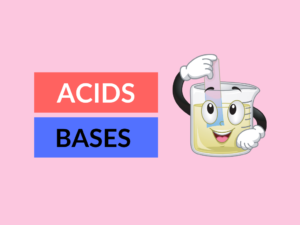What is fish oil?
Fish oil is a dietary supplement that is derived from the tissues of oily fish. It is rich in omega-3 fatty acids, specifically eicosapentaenoic acid (EPA) and docosahexaenoic acid (DHA). These fatty acids are considered essential for health and cannot be produced by the body, so they must be obtained from the diet or through supplementation. Fish oil is available in various forms such as softgels, capsules, and liquid.
Examples of fish oil:
– Cod liver oil
– Salmon oil
– Anchovy oil
– Sardine oil
– Tuna oil
What is omega-3?
Omega-3 is a type of polyunsaturated fatty acid that is found in various food sources, including fish, nuts, and seeds. It is considered an essential nutrient and is crucial for maintaining good health. Omega-3 fatty acids include EPA, DHA, and alpha-linolenic acid (ALA). While EPA and DHA are mainly found in fish and fish oil, ALA is found in plant-based sources such as flaxseed and chia seeds.
Examples of omega-3:
– EPA (Eicosapentaenoic acid)
– DHA (Docosahexaenoic acid)
– ALA (Alpha-linolenic acid)
Differences between fish oil and omega-3:
| Difference Area | Fish Oil | Omega-3 |
|---|---|---|
| Source | Derived from oily fish | Found in fish, nuts, and seeds |
| Fatty Acids | Contains EPA and DHA | Includes EPA, DHA, and ALA |
| Form | Available as softgels, capsules, and liquid | Found in various food sources |
| Benefits | Supports heart health, brain function, and joint health | Reduces inflammation, improves cognitive function, and promotes healthy skin |
| Absorption | Can be readily absorbed by the body | ALA needs to be converted into EPA and DHA for optimal absorption |
| Purity | May contain environmental contaminants if not properly purified | Pure forms are readily available |
| Recommended Intake | Varies depending on individual needs | Varies depending on individual needs |
| Side Effects | May cause fishy aftertaste, digestive issues, and allergic reactions | May cause gastrointestinal issues in high doses |
| Cost | Varies depending on the brand and quality | Varies depending on the food source |
| Accessibility | Can be easily found in supplement stores | Can be obtained from various food sources |
Conclusion:
In summary, fish oil is a type of supplement that contains omega-3 fatty acids, specifically EPA and DHA. Omega-3, on the other hand, is a broader term that includes EPA, DHA, and ALA. Fish oil is derived from oily fish, while omega-3 can be found in a variety of food sources. Both fish oil and omega-3 offer numerous health benefits but differ in terms of their sources, fatty acid composition, forms, benefits, absorption, purity, recommended intake, side effects, cost, and accessibility.
Knowledge Check:
1. What is the main source of fish oil?
Answer: Oily fish
2. Which fatty acids are present in fish oil?
Answer: EPA and DHA
3. Name one plant-based source of omega-3.
Answer: Flaxseed
4. What is the primary benefit of omega-3?
Answer: Reduces inflammation
5. Which form is fish oil commonly available in?
Answer: Softgels, capsules, and liquid
6. What needs to be converted for optimal absorption of omega-3?
Answer: ALA into EPA and DHA
7. What is the potential side effect of fish oil?
Answer: Fishy aftertaste
8. Which fatty acid is responsible for supporting brain function?
Answer: DHA
9. How does the cost of fish oil compare to omega-3 from food sources?
Answer: Varies depending on the brand and quality
10. Where can omega-3 be obtained from?
Answer: Various food sources
Related Topics:
– Benefits of fish oil
– Health effects of omega-3 deficiency
– Comparison of fish oil and flaxseed oil
– Omega-3 supplements vs. dietary sources
– Omega-3 and cardiovascular health


